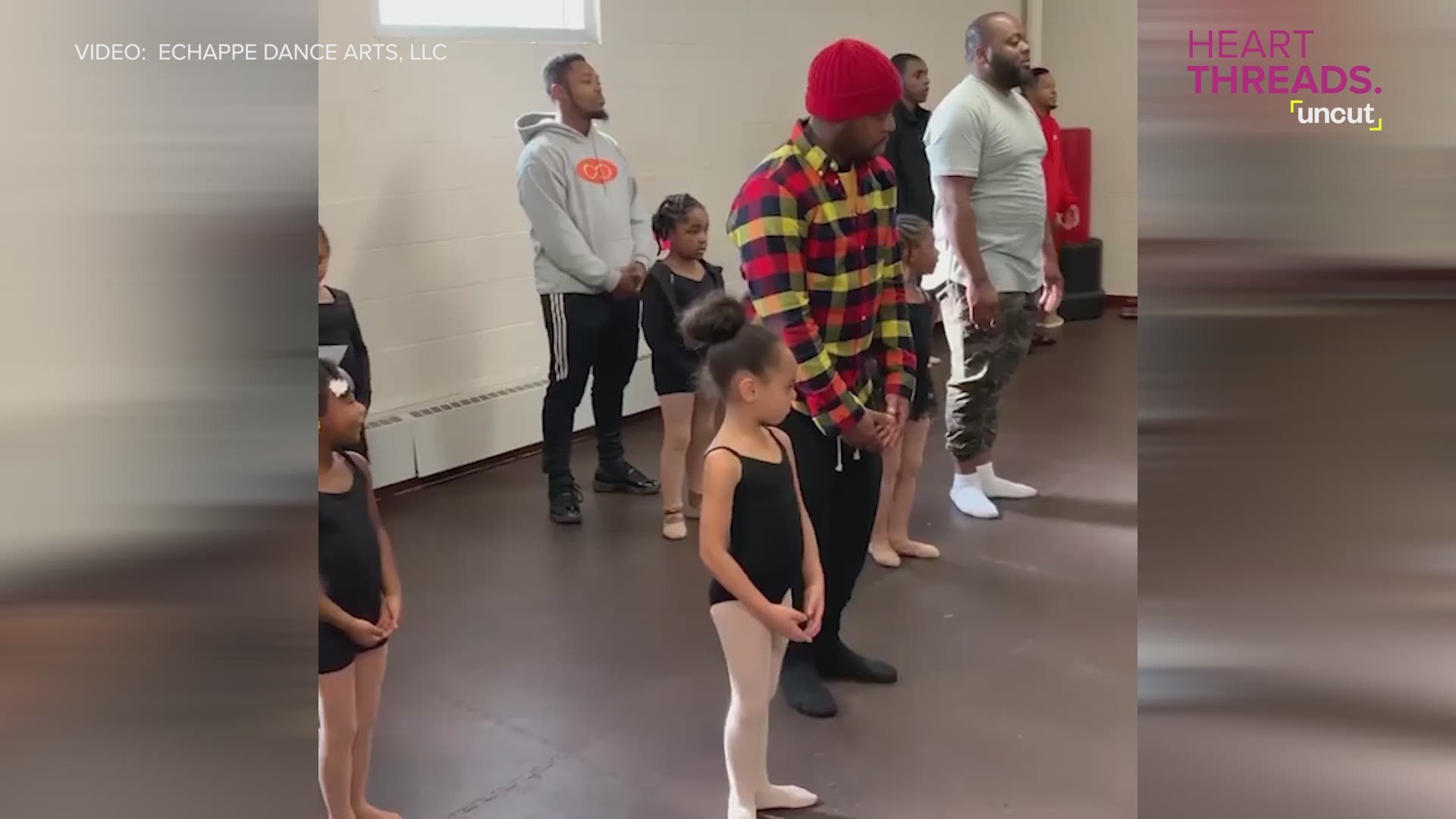![CBS News anchor Scott Pelley reflects on a career in the news business [video : 85570658]](http://videos.usatoday.net/Brightcove2/29906170001/2016/05/29906170001_4888758956001_4888720309001-vs.jpg?pubId=29906170001)
NEW YORK — Four dark TV monitors loom forlornly over the CBS Evening News anchor desk.
The monitors — which once played the network’s main competitors, ABC, NBC and CNN, juxtaposed against its own programming — aren’t so much abandoned as deliberately ignored.
Turned off permanently, they’ve morphed over the years into defiant symbols of CBS’ singular, old-school approach to covering the news.
“I have never seen competitors’ broadcasts,” Scott Pelley, the anchor of CBS Evening News, said in a recent interview at his studio near Central Park in Manhattan. “My first day here, I had them turned off. What they're doing has nothing to do with anything I'm trying. I know what I have to do here every day.”
Five years ago this month, CBS News bosses tapped Pelley, 58, to replace Katie Couric, who left amid sluggish ratings and recognition by all parties of their incompatibility. The designation of the 60 Minutes correspondent — once described by The New York Times as “one of the blander faces” of the venerable program — was a deliberate pivot back to the Edward R. Murrow-Walter Cronkite heritage that is celebrated and marketed heavily by the network.
That a globe-trotting 60 Minutes correspondent would settle down at the nightly evening anchor desk was a strategic statement that the network planned to hold on to its hard-news-first ethos, says the news division’s top boss, David Rhodes. It was also meant to be a stark point of product differentiation in a fragmented news market with competitors that have no qualms about pursuing rating spikes with jazzier formats, bright graphics, blood-boiling stories and the manufactured drama of dueling analysts.
“We’re taking a different path here, and Scott's really an expression of that,” says Rhodes, president of CBS News. “Scott certainly has more orientation towards serious news coverage. And I think that's created a good expectation. People just know we’re going to cover these topics.”
The broccoli journalism approach has been a mixed bag for CBS in the ratings wars. In CBS’ glass-half-full interpretation of Nielsen’s data, the network says Pelley’s show has added 1.4 million viewers since he debuted in June 2011, a 23% increase that outpaces its rivals.
In an age when network news shows are thought to be losing their eminence, CBS Evening News finished the 2015-16 television season up 2% in viewers — to 7.35 million from 7.23 million — adding the most viewers among the network evening news broadcasts, CBS says.
“Things don't change overnight in this business, but I like our trends,” says Steve Capus, executive producer of Pelley’s show. “I'll take growth at a time of diminished audiences and market saturation. This is an era of commoditized news, and the quickest way that we're going to be doomed is if we just kind of offer the same thing.”
Still, CBS Evening News with Scott Pelley finished the 2015-16 television season significantly trailing both of its primary competitors — ABC World News Tonight with David Muir and NBC Nightly News with Lester Holt — despite changes in ABC’s programming and the anchor replacement at NBC in the wake of the Brian Williams debacle.
During the week of May 30, ABC averaged 7.77 million viewers, while NBC had 7.71 million. CBS lagged behind with 6.53 million.
Pelley has never really beaten his rivals — despite being in his position the longest — on any consistent basis. And CBS also has to contend with some stronger affiliates of rival networks, particularly ABC, that provide better “lead-in” numbers, says Andrew Tyndall, a media analyst who closely monitors the three networks’ evening news broadcasts. “Time will tell whether (CBS’ serious-news orientation) works or not,” Tyndall says. “But that has been the case for 15 years now. If their affiliates don’t give them the lead-in, the thing may not work.”
Things didn’t work for Couric, whose arrival in the CBS anchor chair in 2006 was much ballyhooed. She became the first solo female network evening news anchor and had a hefty salary to match the position’s prominence.
Couric's show was remade to match her reputation as a lively personality — greeting viewers with "Hi, Everyone," standing up while presenting news, more feature stories, chronicles of the art world and slots for guest commentaries. While CBS dialed back some of the initial changes, it eventually became evident that the show’s format and Couric were an ill-fitting match to CBS viewers' expectation of the sober, meat-and-potatoes orientation of Cronkite, Dan Rather and Couric's immediate predecessor, Bob Schieffer.Couric left to pursue projects that are more in her “wheelhouse,” as she once told PBS’s Tavis Smiley. She now works as Yahoo's global news anchor.
Pelley was happy at his job as a correspondent for 60 Minutes, cranking out more than 20 stories a year for the TV news magazine. But with his ample street cred thanks to a resume featuring big-time gigs — chief White House correspondent, war correspondent, reporter for both 60 Minutes and 60 Minutes II — CBS’ choice of Couric’s successor surprised few.
"Scott is old school," says Betsy West, a journalism professor at Columbia University who was former senior vice president at CBS News. "He sees himself as in the CBS tradition — of Morley Safer, Edward Murrow. He's worked incredibly hard to get to the network and that's how he sees himself."
Pelley recalls seeing Jeff Fager — then executive producer of 60 Minutes — at an uptown bar in late 2010 as they prepared to receive an award at Columbia University. Fager casually told Pelley that he was being promoted to chairman of CBS News and that he wanted Pelley to be the new anchor. “Like Jeff Fager often is, it was very brief, startling and strange,” Pelley says. “My breath caught in my throat, and before I had a chance to say anything, he was gone. Anchoring was something I never thought I was going to do.”
Belying the humility is a newsman hungry for the next big thing, his current and former colleagues say. Born in San Antonio, he got his first journalism job at the age of 15 as a copy boy at the Lubbock Avalanche-Journal. He joined Lubbock's KSEL-TV in 1975 after leaving Texas Tech University. After hounding an executive at WFAA-TV in Dallas, Pelley landed a reporter position in 1982 at one of the most storied stations in the state. He jumped to the network as a reporter in 1989.
“He was tenacious,” says Byron Harris, a recently retired WFAA reporter who worked with Pelley at the Dallas station. “He just came up with a lot of ideas, and he produced. He would tell (the editors) that he’s writing the story on the plane and that it’ll be ready when he lands. He was always willing to do that. He worked his tail off.”
Pelley still maintains a hectic schedule. He spends mornings working on 60 Minutes stories. He arrives at the CBS Evening News offices by 2:30 p.m., jumping on story editing and checking in with correspondents throughout the afternoon until he goes on the air. Since becoming the anchor of the evening news, Pelley has filed more segments for 60 Minutes than any other correspondent. “It’s a 12-hour day,” he says.
![CBS News anchor Scott Pelley [videoplaylist : 85571810]](http://videos.usatoday.net/Brightcove2/29906170001/2016/05/29906170001_4888760033001_4888747146001-vs.jpg?pubId=29906170001)
The infusion of 60 Minutes sensibilities was immediately clear after Pelley began anchoring in 2011, amid the depth of the recession. CBS attacked the economic story with vigor. And his show was “a real downer,” Tyndall says.
“That’s sort of where Pelley sealed his reputation for being a straight, by-the-facts, unsentimental, hard-edged anchor,” Tyndall says. “That was the decision they made at the time to differentiate with Couric, (who) was more personable.”
Fager’s mandate was clear. Make the evening news more like a condensed version of 60 Minutes. CBS has devoted the fewest hours so far this year covering the Trump campaign versus the other two networks, according to Tyndall’s data. But it spent more hours than its rivals on domestic policy, foreign policy, the war in Syria, the municipal water scandal in Flint and the Zika virus.
CBS spent the least amount of time on more viral, video-driven fare — crime, weather and transportation accidents.
“There’s not lot of talk about talking-cat videos around here,” Pelley says. “That’s really organic within the organization. We don't get suggestions for those kinds of stories because everybody here has a very similar sensibility — a very serious desire to cover the big stories.”
Beyond story selection, presentation and formatting changes were also adopted to resemble 60 Minutes, Pelley says.
In the past, stories didn't contain footage of correspondents asking questions to interviewees; there were just sound bites. Now you see both. People's name and affiliation were previously shown on the screen for a few seconds before they disappeared. Now, they’re introduced audibly, with the idea — as once insisted by 60 Minutes creator Don Hewitt — that the broadcast should play just as well on the radio as it does on TV.
"I don’t think (Pelley) will probably ever be a household name that Safer and Mike Wallace became," says Columbia's West. "Those days are over. But I believe he has established himself as the face of CBS News."
Follow USA TODAY media reporter Roger Yu on Twitter @ByRogerYu.


![XXX SCOTT PELLEY PROFILE RD477.JPG NY [image : 85562532]](http://www.gannett-cdn.com/-mm-/469c839f10dbb6bf4691ad859e93579ab134ff94/c=494-0-4116-3096/local/-/media/2016/06/07/USATODAY/USATODAY/636009106875875511-XXX-SCOTT-PELLEY-PROFILE-RD477-81689313-1-.JPG)
![XXX SCOTT PELLEY PROFILE RD458.JPG NY [image : 85562510]](http://www.gannett-cdn.com/-mm-/9b1fdb922df772493c7b7a7e4c1049c45bb091d3/c=545-0-4383-3280/local/-/media/2016/06/07/USATODAY/USATODAY/636009105540194949-XXX-SCOTT-PELLEY-PROFILE-RD458-81689285.JPG)
![XXX SCOTT PELLEY PROFILE RD501.JPG NY [image : 85562274]](http://www.gannett-cdn.com/-mm-/afee6db1b04f1ecb800e1e3186a3ac4550fe3a61/c=594-0-4005-2915/local/-/media/2016/06/07/USATODAY/USATODAY/636009104265042775-XXX-SCOTT-PELLEY-PROFILE-RD501-81689273.JPG)
